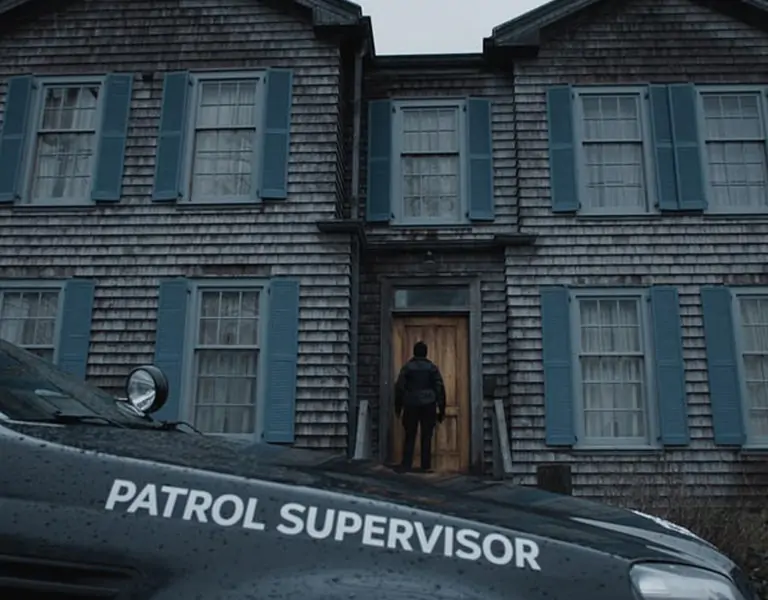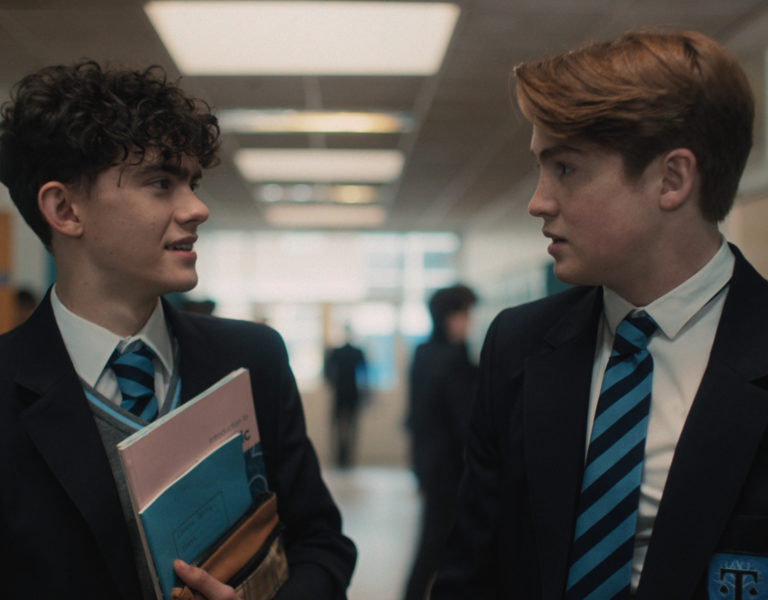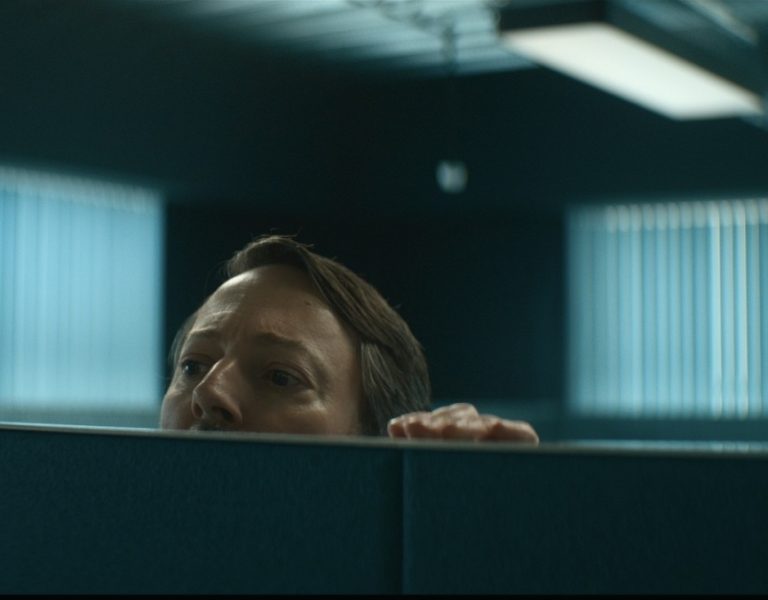The documentary Bam Bam: The Sister Nancy Story blends digital and film footage, capturing authentic moments with versatile Sony and Aaton cameras. Cinematographer Lucas Joseph explains how, after a slow start, he used the pandemic to his advantage.
If Sister Nancy isn’t a name you’re familiar with, chances are you’re familiar with her iconic hit “Bam Bam.” This reggae classic has transcended its genre, appearing in movies, commercials, and countless samples by other artists, cementing its place in popular culture. Despite its widespread recognition, many people might not realise that this timeless anthem comes from the pioneering Jamaican DJ and singer Sister Nancy. As one of the first female dancehall DJs, her influence and contribution to music extend far beyond this one track, making her a legendary figure in the world of reggae and beyond.
Despite its success, Sister Nancy faced significant controversy regarding royalties. For many years, she did not receive proper compensation for her work. It was only decades later that she discovered she was owed royalties for the widespread use of her song. After a lengthy battle, she finally secured her rights and began receiving royalties. This controversy highlights the ongoing issues many artists face in securing fair compensation for their creative contributions.

Now in her early 60s, the artist is the focus of a new documentary called Bam Bam: The Sister Nancy Story. Directed by Alison Duke, the documentary explores the legacy of the Jamaican dancehall legend and her track. The film highlights her resilience through tour performances, interviews with industry figures like Janelle Monáe, Young Guru, and Pete Rock, as well as archival footage and re-enactments. Inspired by her experiences in a male-dominated society, Sister Nancy used Bam Bam to express her frustrations and empower others. Despite challenges, she remains influential in reggae and hip-hop, and this film illuminates her enduring impact.
Cinematographer Lucas Joseph has had a long-standing working relationship with Duke, so he was chosen to lens the film just before the world was about to go through some major changes.
“I first heard about the project in January 2020, just before the pandemic arrived,” Joseph says. “South by Southwest in Austin, Texas, was one of the first shows that Sister Nancy was going to perform at, and that was one of the first big events to be cancelled. With all the free time we had, we were able to plan a bit more, research the script, and I was able to do some studying, whether it was the music or archival.”
Digital, film and videotape
When the camera was allowed to roll again, Lucas had three cameras at his disposal. He primarily used a Sony package – the FX9 as his A camera and FX3 as the B camera.
“I liked the versatility of having these two bodies on road,” Joseph explains. “With Sister Nancy performing at the concert it gave us a lot of flexibility. On the FX9, zoom lenses allowed me more of a camcorder style to get up there on stage. Then we had the Sony FX3 which was again like a small handheld camera we were able to take into a car using low lights. I often ended up switching it out to get both styles for whatever we were covering However, some of the film is also shot on film, so Joseph used an Aaton XTR Super 16mm camera production package. We shot on film using Kodak stock.”

The team was also able to use an Aaton XTR Prod Super 16mm camera production package to shoot on film for some of the recreations in Jamaica. “It was great to be able to do that in a documentary and have that other side of production,” Joseph adds. “We could slow things down… work out our scenes. Thankfully we had a lot of time to prepare. We had every format, from shooting film to archival , tape and stuff that had been digitised.”
A lot of the documentary-style coverage of Sister Nancy “involved working with whatever kind of ambiance” was available.
“We didn’t have much opportunity to pre-light a situation or know exactly what we were walking into,” Joseph continues. “This was beneficial because it allowed things to flow naturally without commercialising or faking too much. We aimed for originality and organic footage, so we supplemented natural light. In cases where the natural light wasn’t good, I would make it as naturally sourced as possible, especially for the documentary segments.”
When it came to recreations, the team “had a little more time to shape the light” and add more colour, mostly using. We mostly used LEDs, especially for traveling. I had a great time using the Aputure kit, which is easy to pack down and travel with. The trusty Aputure 300D mkII is versatile because of its accessories. You have one light source but can use it with a soft dome, spotlights, Fresnel, or lantern. Having this Swiss army tool in the kit was very beneficial in any situation in which we found ourselves.”
Bam Bam: The Sister Nancy Story is available on streaming via Bell Crave in Canada early 2025, further film festivals and theatrical release pending.










